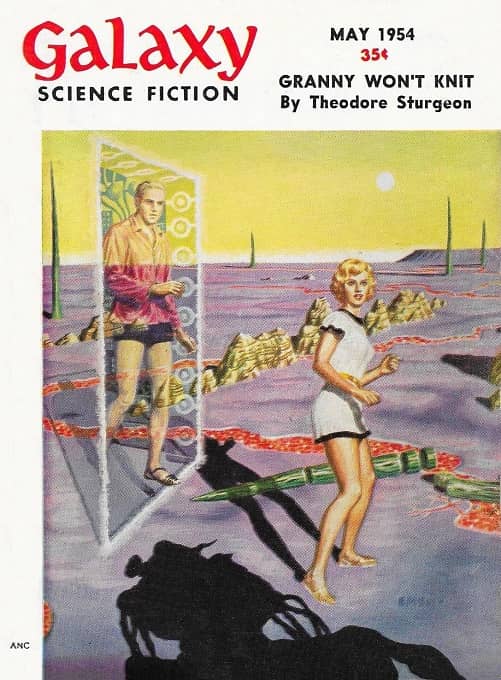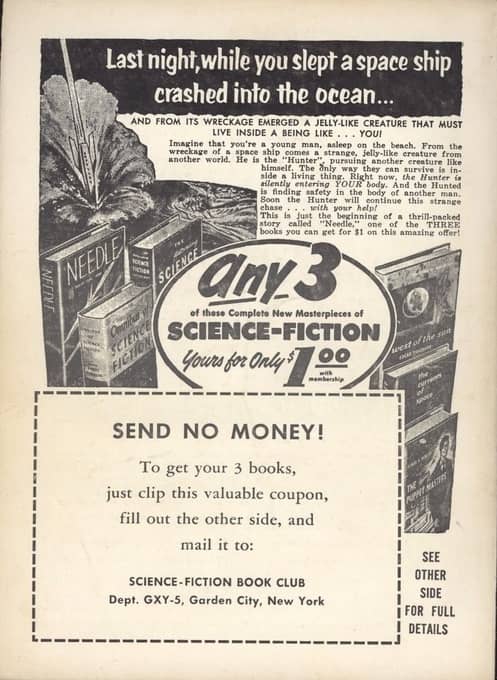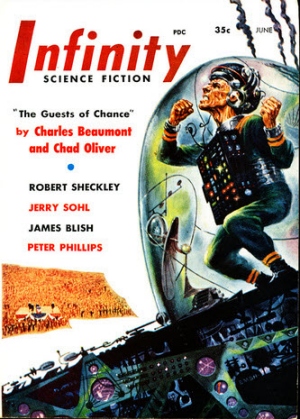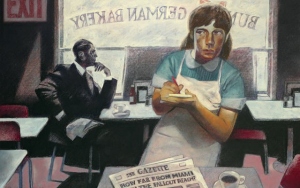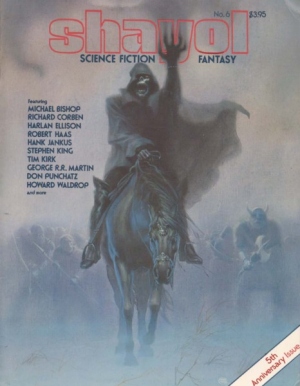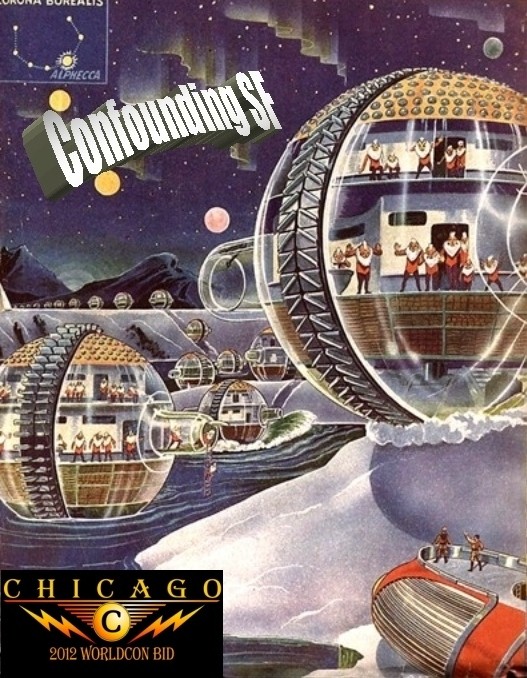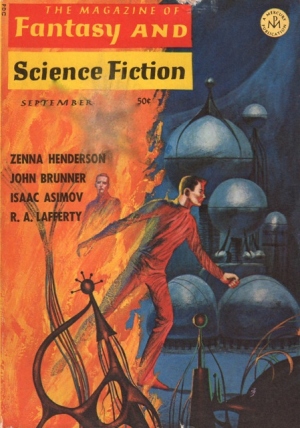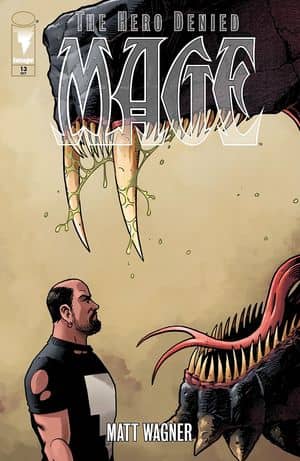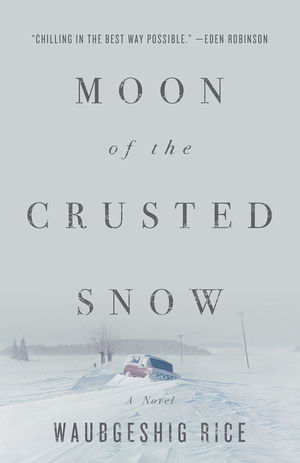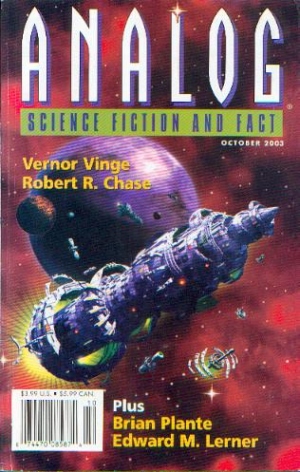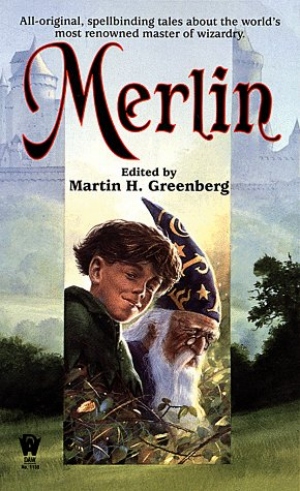Birthday Reviews: Kurt R.A. Giambastiani’s “Intaglio”
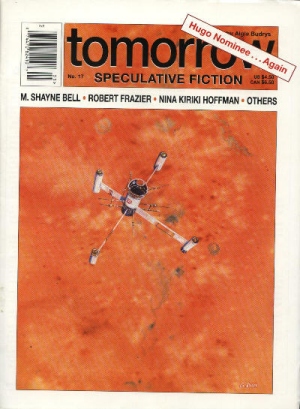
Kurt R.A. Giambastiani was born on December 4, 1958.
Giambiastini’s debut novel The Year of the Cloud was a finalist for the 2002 Endeavour Award. In addition to writing fiction, Giambastiani has performed as a violist in regional orchestras and works as a software developer.
“Intaglio” was published by Algis Budrys in the October 1995 issue of Tomorrow Speculative Fiction, issue #17. The story has never been reprinted.
Giambastiani’s story is set several years after a rebellion was put down on the planet Thessalon. The people of Thessalon and the city of Pellion, where the rebellion was centered, have mostly been ignored by the Central Military Forces, apart from a series of economic sanctions. The Commander of the forces that crushed the revolt, Gavin Price-George, however, takes a series of intaglios, three dimensional photographs which allow the viewer to see depth and perspective, following the revolt and has published them in the years since. To celebrate an anniversary, he returns to Pellion with a showing of his intaglios.
Price-George comes with a full military contingent and announces that he is not only throwing a party for the people of Pellion, but that trade restrictions will also be relaxed. Giambastiani’s story focuses on the differences between the way Price-George is greeted by the younger generation, which doesn’t have a memory of the war and the deaths, and the older generation, for whom the wounds are still fresh and the memories of their killed friends and families shade their dealings with Price-George. The art display drives that home as the younger generation is seeing old images, but the older generation is seeing pictures of their younger selves, often at moments of great anguish.

